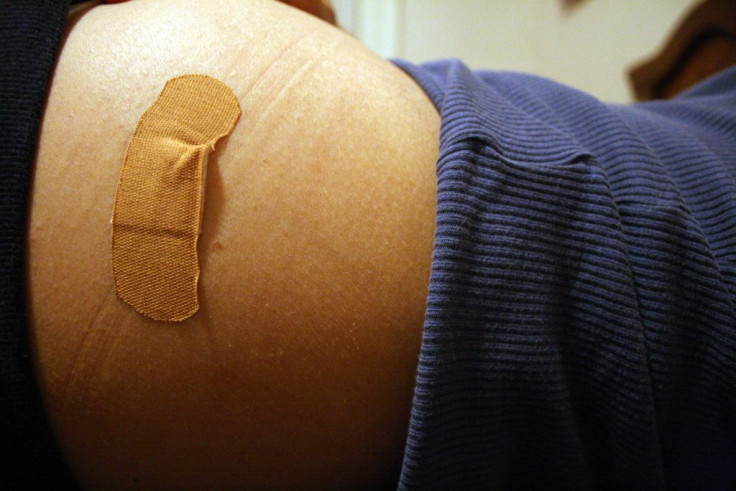Rubella Is Gone: Americas Become First Region To Eliminate Viral Infection

In a world first, the Americas region has eliminated the rubella viral infection, announced the Pan American Health Organization (PAHO) and the World Health Organization (WHO) on Wednesday. Leading health officials credited the measles, mumps, and rubella (MMR) vaccine as the primary contributor to eradicating the disease.
The last endemic transmission of rubella, a disease similar to measles but with milder symptoms and appearing mainly in newborns as congenital rubella syndrome (CRS), occurred in 2009. At its peak virulence, rubella caused an estimated 16,000 to 20,000 cases a year in Latin America and the Caribbean. It is the third viral infection to see endemic elimination since polio in 1994 and smallpox in 1971.
“The fight against rubella has taken more than 15 years, but it has paid off with what I believe will be one of the most important Pan American public health achievements of the 21st century,” Carissa F. Etienne, PAHO/WHO director, told reporters Wednesday.
Initiatives to eliminate viral infections began in Latin America in 1994, when countries started adopting the MMR vaccine on a wide scale. PAHO made the ambitious goal of getting rid of measles by 2000, and in 2003 they planned to eliminate rubella by 2010. The later goal they accomplished. “Now it's time to roll up our sleeves and finish the job of eliminating measles as well,” Etienne said.
Despite having access to a working vaccine that prevents measles, fears over the vaccine’s false link to neurological disorder have created a troubling public health problem. This past January, for instance, saw more measles cases than all of 2012. In February, Dr. Margaret Hamburg, outgoing commissioner of the FDA described the outbreak in California as “alarming,” and urged everyone who hadn’t been vaccinated to do so.
While rubella has been wiped out from the Americas, in other parts of the world it continues to afflict children and adolescents by the thousands. As the measles outbreak demonstrated in California and parts of Arizona, partial elimination still leaves room for the disease’s return. According to Dr. Susan E. Reef, the team leader for rubella in the Global Immunization Division at the Centers for Disease Control and Prevention, the Americas and Europe are the only regions in the world with goals of eliminating rubella.
Less severe and contagious than measles, rubella often goes unnoticed by people who are infected. Like its more potent relative, rubella starts as a rash that can spread across the skin. It causes the lymph nodes to swell and leaves people with fever, sore throat, joint pain, and possibly bleeding. Babies with CRS may spread the disease for up to a year. A single dose of the vaccine, however, produces immunity in 95 percent of cases.
"For any given disease, it's important to maintain immunity in a high enough proportion of a population to prevent an outbreak," said Dr. Jon Epstein, associate vice president of conservation medicine at EcoHealth Alliance, to Medical Daily. "For any vaccine-preventable disease, like rubella and measles, consistent vaccination is an effective strategy for doing that."



























